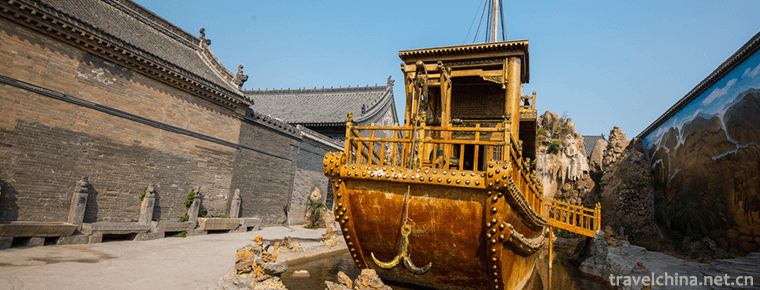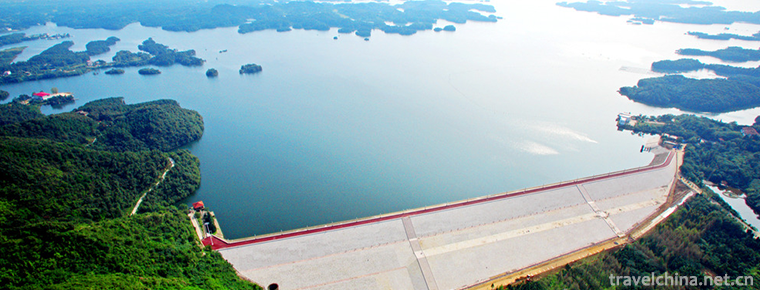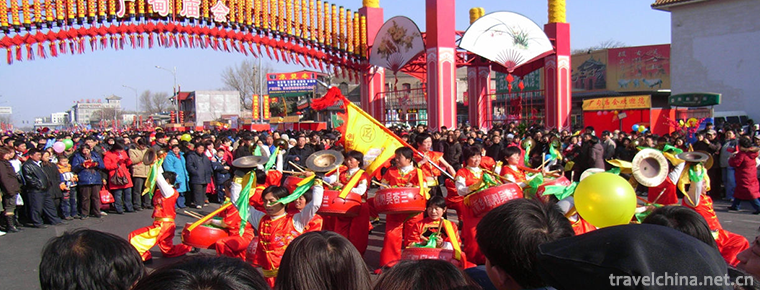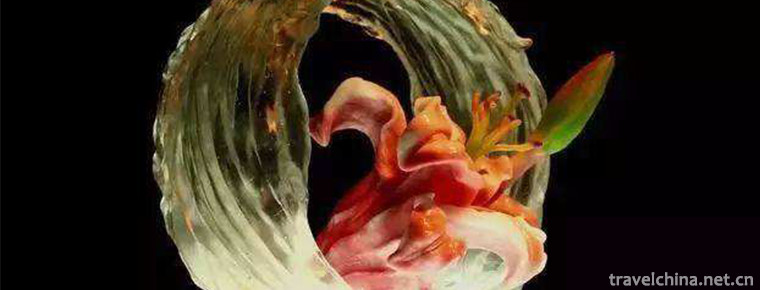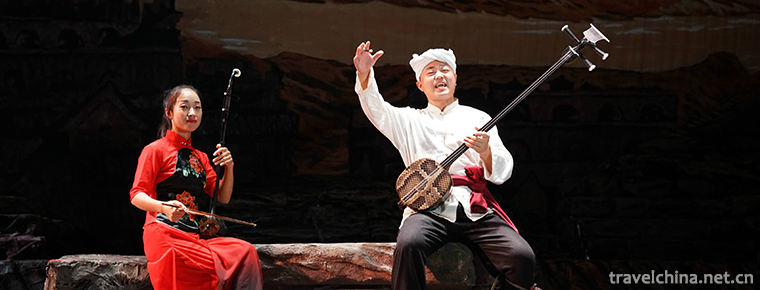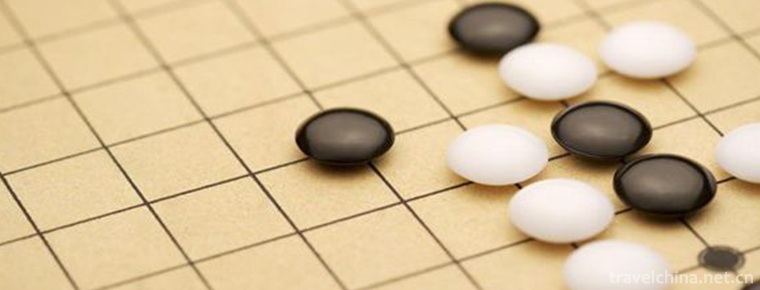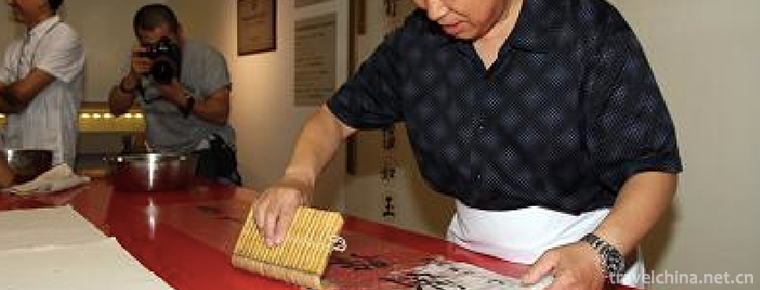Construction Techniques of Salar Fence Tower
Construction Techniques of Salar Fence Tower
The construction technique of the fence building of Sala nationality refers to the traditional construction method of the fence wooden building with the unique architectural form of Sala nationality in China and the intangible cultural heritage project at the national level in China. The fence building of Sala's ancient folk houses is an old building of mixed civil and stone. Because most of the walls of the buildings are woven with rattan, it is named fence building. In 1989, the state issued residential stamps, of which Qinghai residential is the Salar fence building. Its construction techniques accumulate the unique cultural phenomena of the Sala nationality, which is a rare architectural art on the plateau with regional characteristics of one ethnic group. It is of great significance to the study of Salar folklore.
historical origin
The Salas migrated from Salak (Turkmenistan) to Xunhua County in the 13th century (early Yuan Dynasty). Scatter
The fence building of La nationality's ancient dwelling is an ancient dwelling building with wood, stone and soil mixed together. Because most of the walls of the building are made of tree bars, it is named fence building. By the beginning of the 21st century, it only existed in Mengda area in Xunhua County. Mengda area, known as Heguandi in ancient times, has been a major transportation hub between Gansu and Qinghai. From the 13th century to the 14th century (Yuan Dynasty), the Salars living in Mengda gave full play to their talents and wisdom, exploited woodlands, utilized local natural forest, earth and stone resources, and interacted with the surrounding Tibetan, Han, Hui, Tu and Baoan nationalities to build up a rich multi-ethnic culture. A fence building was built. Therefore, the fence building not only records the architectural characteristics of different times, but also the historical memory of Salar architectural style. At the same time, it accumulates multi-ethnic cultural phenomena. It is a rare ancient building on the plateau with regional characteristics of one ethnic group.
Architectural features
According to the investigation at the beginning of the 21st century, the preserved fence buildings of Salar ancient dwellings are mainly located in Mengda Dazhuang Village, Qingshui Township, on the Bank of the Yellow River in Xunhua County, which is close to Mengda National Nature Reserve. The fence buildings are built freely according to the local conditions, including horizontal, corner and triad courtyards. The fence timber building is usually divided into upper and lower floors, with bedrooms and guest rooms on the upper floor and warehouses and livestock pens on the bottom. The frame of the fence building is made up of well-wooden pine. The walls are woven with miscellaneous wood branches and covered with grass mud on both sides. The middle of the wall is hollow. The doors, windows and pillars of the house are mostly carved with exquisite patterns.
The building constructed by this method not only saves building materials, but also reduces the weight of the building. At the same time, the hollow wall is warm in winter and cool in summer, and has strong air permeability. The fence building design of Sala nationality has the most distinctive architectural style in Ming and Qing Dynasties. During this period, the social and economic life of the Salar people has been developed, and the population has been increasing. Building is firm, beautiful, economical and flexible, highlighting the role of wind, earthquake, applicability and safety, so fine pine wood is usually selected.
The fence building complex basically maintained the original form, and maintained the original social grass-roots organization style of the Salar people in the local history, which is of great significance to the study of the Salar people's folklore. At the beginning of the 21st century, Qinghai Province took a series of measures to protect these ancient buildings.
Protection
The demolition and renovation of the fence building was reduced from more than 100 in 1960s to 14 in the early twenty-first Century. In June 2008, the building techniques of the Salar fence building were selected in the national intangible cultural heritage list in June 2008. The 4 outstanding buildings in the 14-19 Century (Ming and Qing Dynasties) were included in the provincial cultural relic protection units in Qinghai province. At the same time, 1 Salar ancient houses in Qing Dynasty were relocated to the Beijing Chinese nation. Museums are renovated and protected. With the development of rural economy, the phenomenon of artificial demolition of building communities is prominent, and fence buildings are on the verge of extinction. In order to improve the living standard of Salar people, people pay more attention to the practicality and beauty of houses, and pursue real material enjoyment. Little is known about the value of cultural relics in fence buildings and the inheritance of Salar culture, and it is difficult to effectively protect them.
Representative heir
Ma Jinming, a retired cadre of the Salar Culture Museum, is skilled in the fabrication techniques of the fence buildings. He was selected as the representative successor of the national intangible cultural heritage project, and organized the fence building skills training in Dazhuang Village, Mengda, in order to protect and develop the ancient architectural and cultural landscape of the Salar people, so that villagers can further understand the fence through training. The cultural value of Tulou includes that the county government organizes annual photography exhibition of Salar ancient residential buildings and seminars on Salar ancient residential buildings to promote the protection and inheritance of fence buildings.
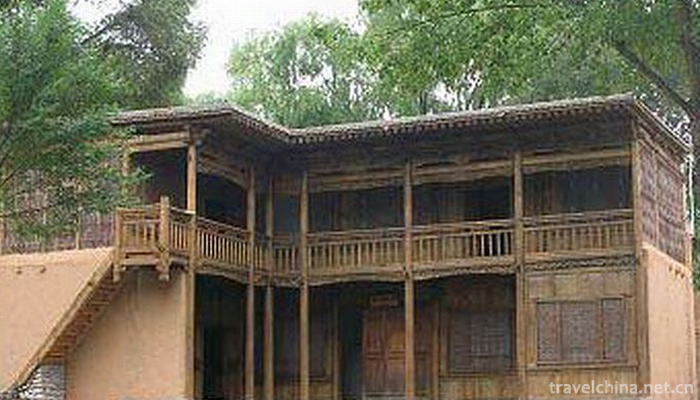
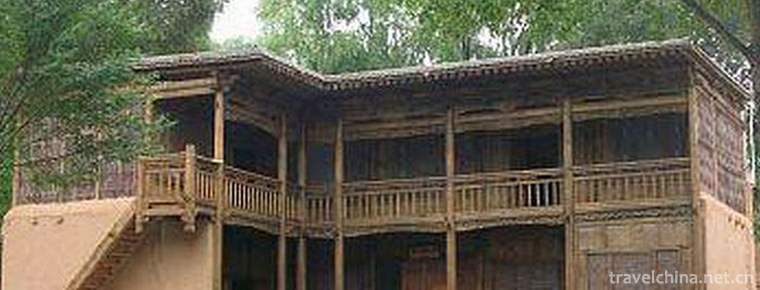
Construction Techniques of Salar Fence Tower
-
kangbaiwan manor
Kang Million Manor, also known as Heluo Kangjia, is located in Kangdian Town, Gongyi City, Henan Province (formerly Gongxian County). It was built in the late Ming and early Qing Dynasties
Views: 204 Time 2019-01-29 -
Nanwan Lake Scenic Area
Nanwan Lake, also known as Nanhu Lake, is located in Xinyang City, Henan Province. It is known as the "Pearl of South Henan" and is a famous natural scenic spot of Nanwan Lake. All around th
Views: 231 Time 2019-02-07 -
Changdian Temple
Changdian Temple Fair is a traditional folk custom and folk religious belief activity in Beijing. Among the many temple fairs in the old capital city, only the temple fairs in Changdian
Views: 185 Time 2019-04-16 -
Glass Firing Techniques
Glass firing technology, Beijing Mentougou District, Shanxi Province, local traditional handicraft, one of the national intangible cultural heritage.
Views: 199 Time 2019-05-14 -
Talking in North Shaanxi
North Shaanxi storytelling is mainly popular in Yan'an and Yulin in the north of Shaanxi Province. At first, poor and blind people sing some legendary stories in the folk song minor of northern Shaanx
Views: 223 Time 2019-06-13 -
The game of go
Go is a strategic two-player game. It was called "game" in ancient China and "Go" in the West. Popular in East Asian countries (China, Japan, Korea, Korea), is one of the four arts
Views: 305 Time 2019-06-26 -
Uygur Dastan
Uygur Dastan is a kind of Uygur singing and playing music. It is a kind of long narrative poem with rap and singing. It is a long poem with complete stories and characters. It is a folk art form with
Views: 147 Time 2019-06-26 -
Yingge Liushu
Yingge Liushu, also known as Yingge Liuzi, is a traditional art form of rap and singing spread in southwestern Shandong, southern Shandong, Eastern Henan and Northern Jiangsu. Legend has it that the L
Views: 306 Time 2019-07-14 -
Mounting and repairing techniques
The mounting and repairing technique of ancient Chinese characters and paintings is a kind of traditional Chinese handicraft. It is used for restoration and restoration of ancient calligraphy and pain
Views: 375 Time 2019-08-10 -
China University Of Geosciences
China University of Geosciences is known as "Da Da". Ministry of Education of the People's Republic of China Directly under National Key Universities It's the state. 211 Project ","
Views: 192 Time 2019-12-08 -
Seven Star Mountain tower
The Seven Star Mountain tower, commonly known as the black tower, was built in the Jiajing period of the Ming Dynasty (1522-1566). It is the brother tower of Dongshan white tower. It is on a peak of Qixing mountain in Taba village, Nanguang Town
Views: 385 Time 2020-10-16 -
Yibin cultural characteristics
History of wine: Yibin has been a multi-ethnic area since ancient times. Relying on the customs and experience inherited from generation to generation, the people of all ethnic groups in this area have brewed their own historical wine in different historical peri
Views: 133 Time 2020-12-18
